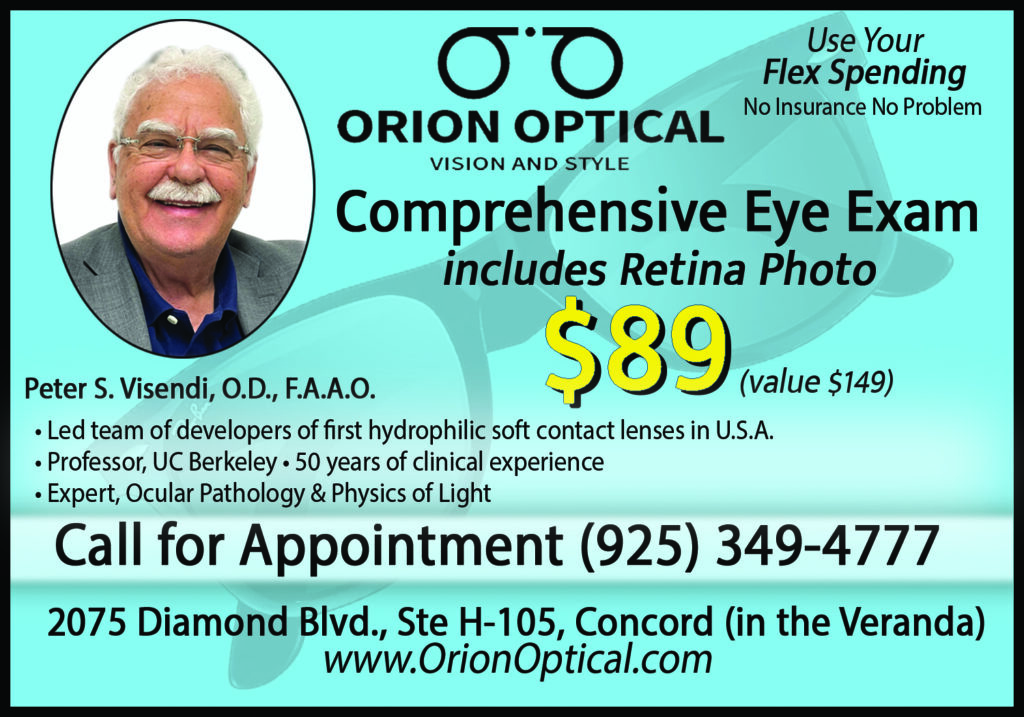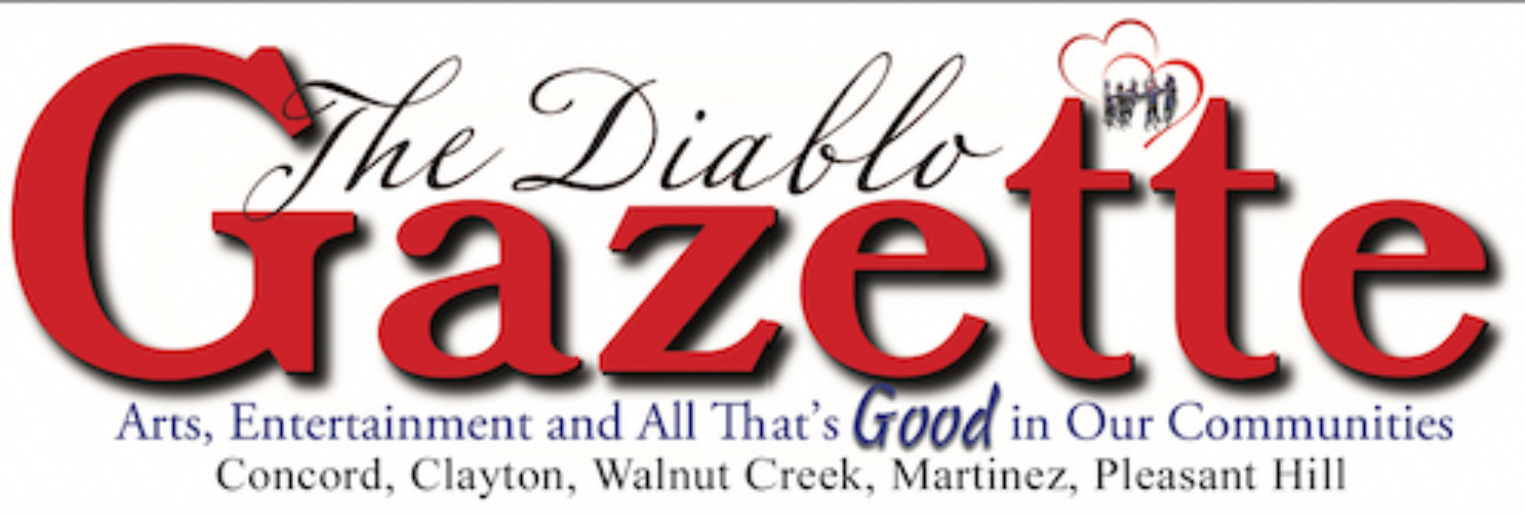Peter Visendi, OD has made quite an impact in his lifetime in the optical field. He is credited for inventing the soft contact lens. He also ran a 20-year practice called the Danville Optometric Group, which was one of the largest practices in the state. He sold that practice in 2020 but has come out of his pseudo-retirement to restart his practice in Concord.
Visendi began studying Physics at University of California, Berkeley, in 1964, the year of the infamous “Free Speech Movement.” During this period, some of the teachers in the physics program offered a seat in the Optometry program to coincide with the physics program, thus qualifying him to be recognized as a medical student. At that time, only medical students were excused from having to go to Vietnam.
“I was working with a Physicist, Irving Fatt, PHD. He taught me a lot about physics related to the eye. He developed the first membrane detector of oxygen, which precisely measured oxygen profusion of soft contact lens. The amount of oxygen that comes through the contact lens is proportional to the health of the eye. That is why soft contacts are generally a healthier system for the eye than hard contact lens,” Visendi explained.
Fatt’s device was able to measure the amount oxygen levels passing through lenses.
While also working as an organic chemist for Dow Chemicals, he developed a formula for the making of soft contact lenses that would allow more oxygen transport and wettability for a better contact lens.
In 1972, Visendi gave a Dual Doctorate presentation presenting his research on the making of a better soft contact lens. The document received several awards and accolades worldwide which led to a job offer from Bausch and Lomb.
He was recruited to develop the lens his research promoted. Soft contact lenses were considered a drug in those days and had to be approved by the FDA. Bausch and Lomb had the first and only FDA approval for its lens. “It was approved, but it was a lousy lens,” Visendi admits.
As Director of Research, Visendi’s role was to make sure the lens was healthy and to work closely with the FDA while improving the lens so that it would continue to be allowed to go market. Meanwhile, no other companies had yet received FDA approval. Peter was to keep Bausch and Lomb on the edge of production to capitalize on what was a monopoly in the category. By the time he left, Bausch and Lomb had a good lens. Unfortunately, all patents belong to Bausch and Lomb.
In 1972, that old lens was quite expensive. Soft lenses were sold at $300 per pair (equivalent to over $2000 in 2022 money, adjusted for inflation), and they only lasted only two to three months.
“In 1973, I was sent to Mayo Clinic to develop the enzyme for cleaning the lenses which is still in use today.”
Visendi can also lay claim for developing colored Contact lens. He experimented and researched materials that led to the successful making of colored contact lens that would still be safe for the eye.
In 1979, Visendi taught at UC Berkeley in 1979 in the Optometric program and helped develop their Ocular Pathology program.
In the way that optical markets go today, it is very difficult for a company to survive without Optometrics as part of its services. Since it is illegal for an optical company to hire an Optometrist,
Visendi subleases space at Orion Optical to perform exams and treatments on Tuesdays and Saturdays.
“Orion Optical sells designer frames, I am only interested in treating people and taking care of them.”
There should be no doubt that patients will be in good hands there
. Orion Optical is located in the Veranda at 2075 Diamond Blvd. (see ad on cover of this edition.)
©copyright January 2023


